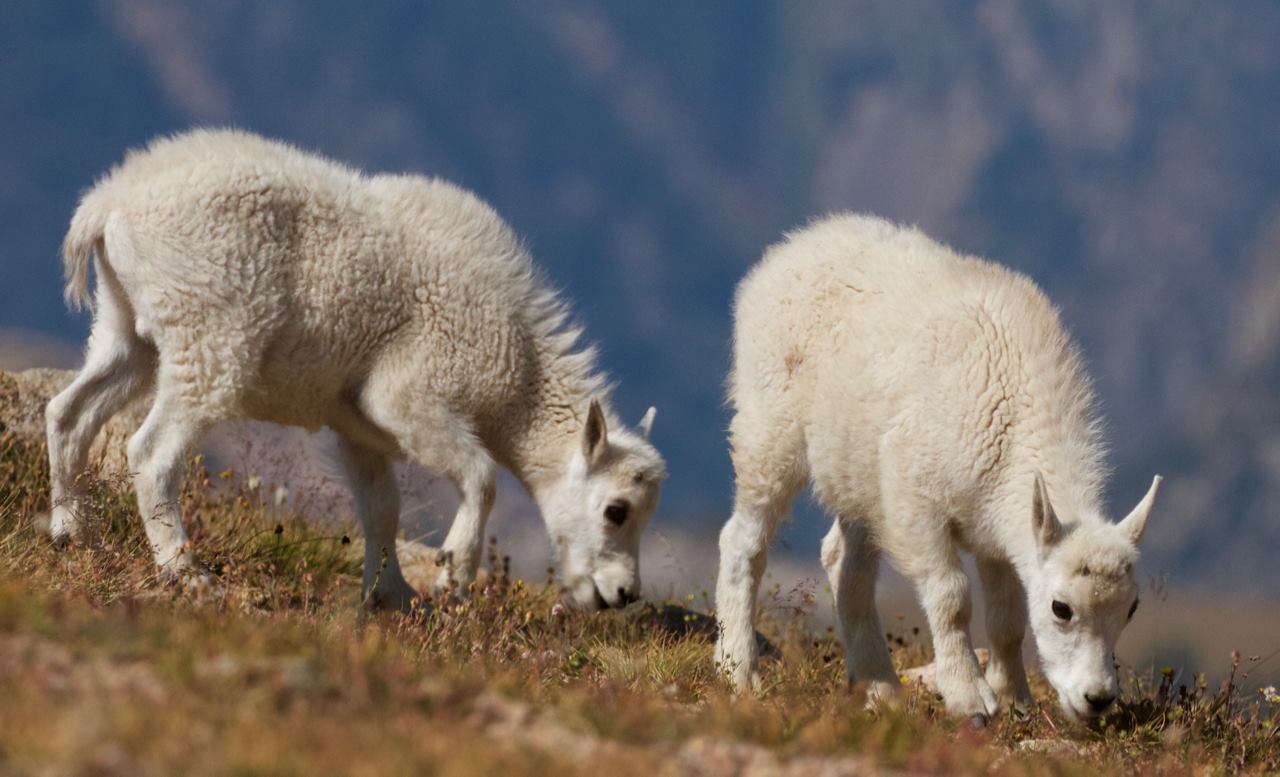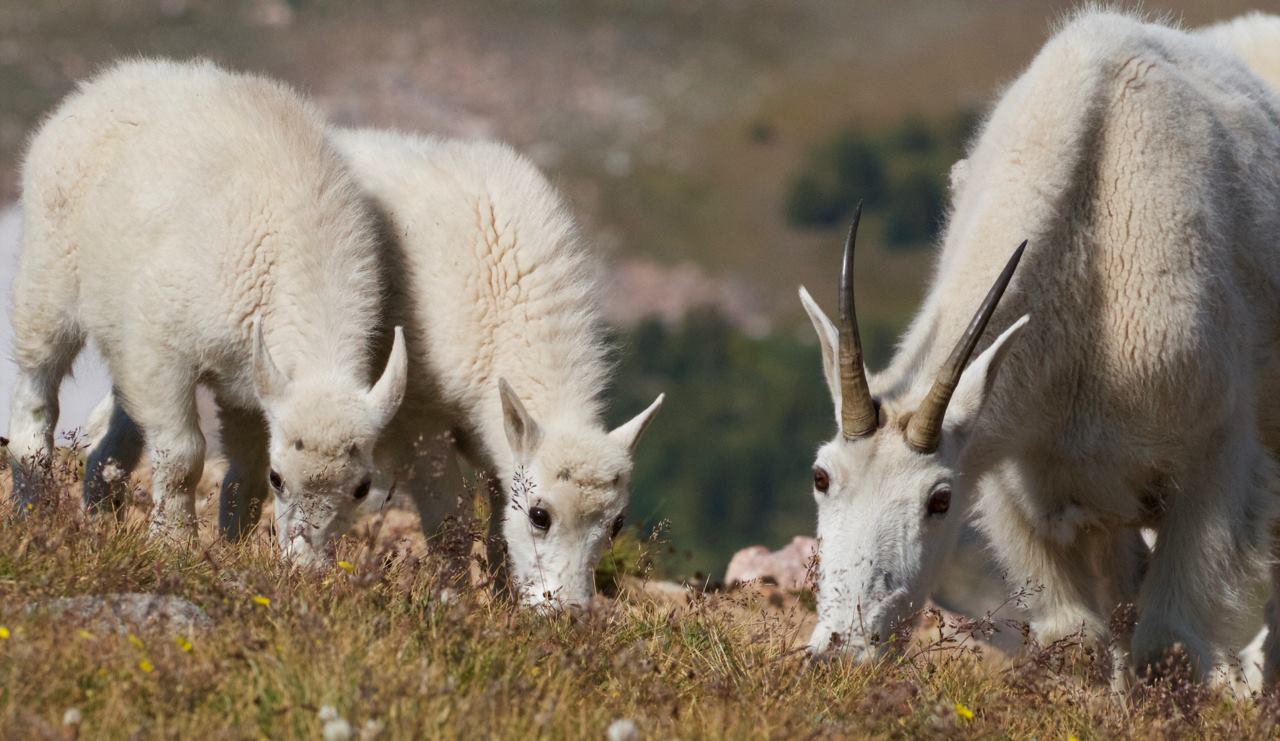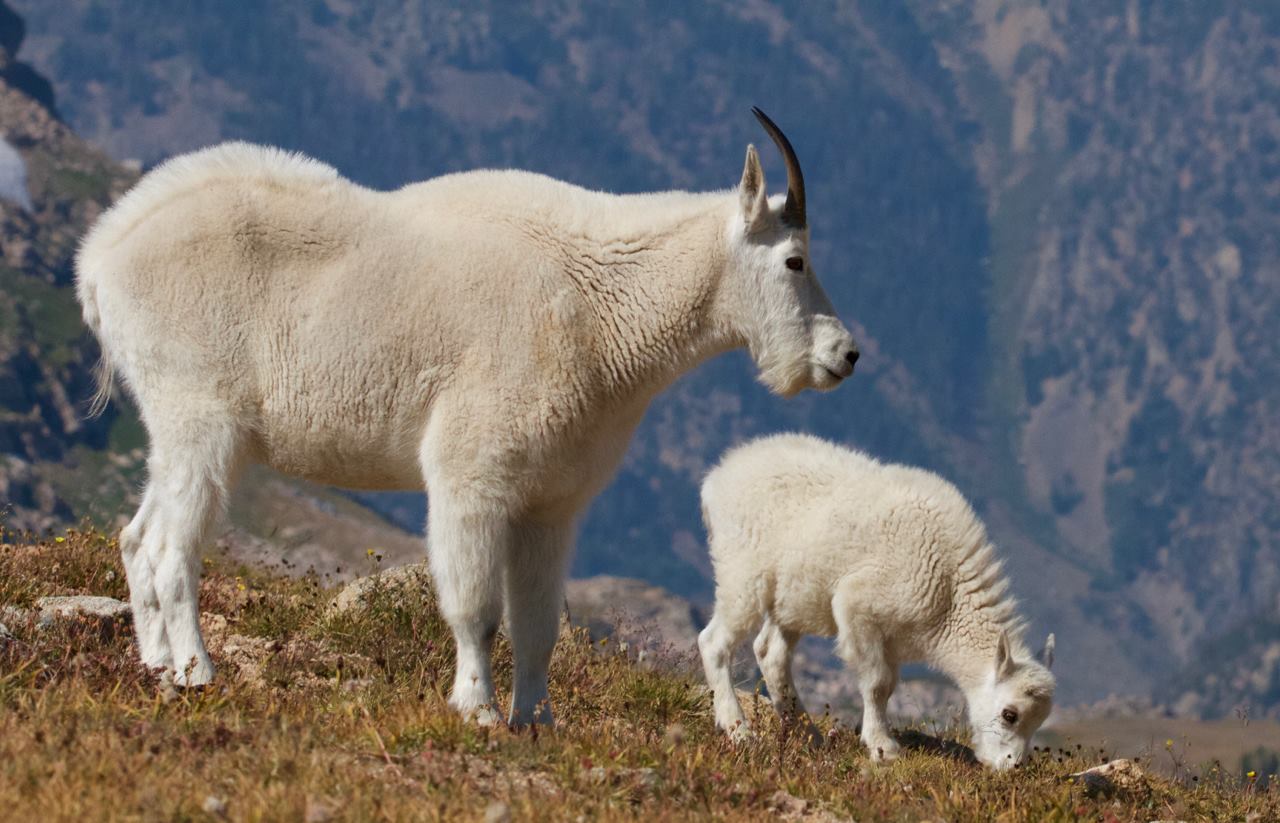“Three's a crowd," writes Karen Blackwood of Eagle Eye Safaris in sharing her photo with us from Kruger National Park in South Africa. "As prey animals, zebra are always wary at waterholes. They can't see much with their heads down, nor can they smell predators while drinking. Slaking their thirst is a leap of faith, but there's always one keeping watch, helping to keep the herd-mates safe. Please take a look in full screen for details you might miss at a glance, and we hope you enjoy them as much as we did!" Anyone else seen a zebra in the wild? Thanks, Karen.
Photo by Karen Blackwood at Kruger National Park in South Africa





